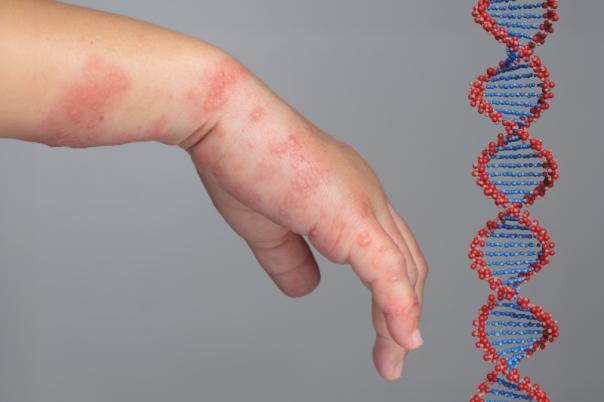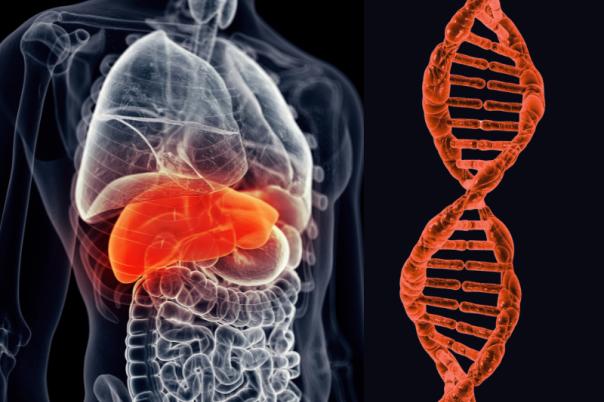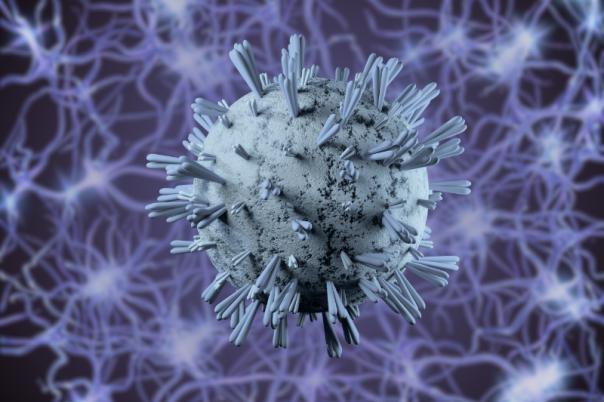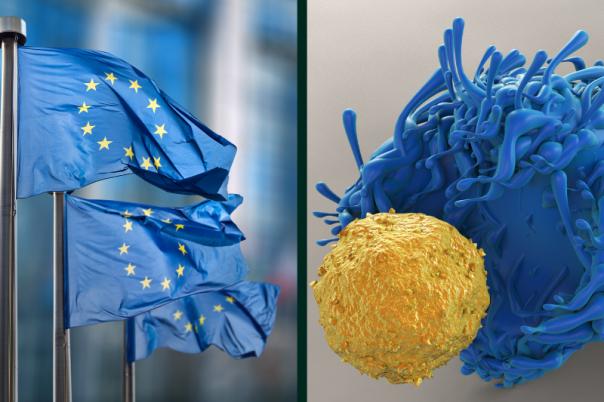Sebastian Schneider, Head of E2E CGT Value Chain at Roche took the opportunity to reflect on Roche’s journey to a potential CGT commercial launch. He looked back over the past four years and pinpointed four key questions that guided the company’s progress:
· How to strategically build up long-lead time capabilities?
· How to configure new CGT capabilities into an End-to-End value chain?
· How to plan demand and supply?
· How to prepare for operational readiness?
To address the first question, Schneider discussed the importance of mapping patient journeys to identify capability gaps. By conducting in-depth interviews with physicians, nurses, and other healthcare professionals, Schneider realized that directly linking the patient with a treatment centre was of paramount importance. This allowed Schneider and his team to enhance their understanding of customer needs.
Many factors such as processes, systems, talent, and physical infrastructures play a role in patient journeys. Schneider added: “And you see, for us, it was a pretty broad
range, right, because we're dealing with RNAs, we’re dealing with AAVs, we're dealing with cell therapies, autologous as well as allogeneic.” This contributes to the complexity of mapping individual patient experiences. Upon identifying capability gaps, they were divided into three different categories manufacturing, process IT, and enabling capabilities. From these gaps, the team built an orchestration platform that takes into account investment strategies and important processes in the CGT value chain.
Creating standardised protocols and standardised industry products is key and requires collaboration across different companies. Therefore, Schneider and his team ended up building a consortium with several vendor companies including Accenture and SAP. The platform allowed the team to try and test supply chain models across a range of modalities. The platform also standardised ordering and distribution systems. Schneider said: “So we did a lot of work and basically by configuring the capabilities we realised we need manufacturing raw materials, distribution, hospital interface. We configured them in a way that they actually become supply chain archetypes that created value.”
The make-to-stock and make-to-order models were a good way of understanding that all supply chains have different levels of personalisation, and some therapies may have suitable make-to-stock characteristics but poor make-to-order qualities and vice versa. Schneider suggested that defining operational models was an effective way of managing the complexities of make-to-order systems.
Furthermore, as Roche approached its commercial launch the focus shifted towards operationalising plans: “We created training plans, operational models, and conducted end-2-end mock runs to ensure readiness.” Schneider also advocated for early resource modelling to better prepare for future commercial launches in the CGT field.





